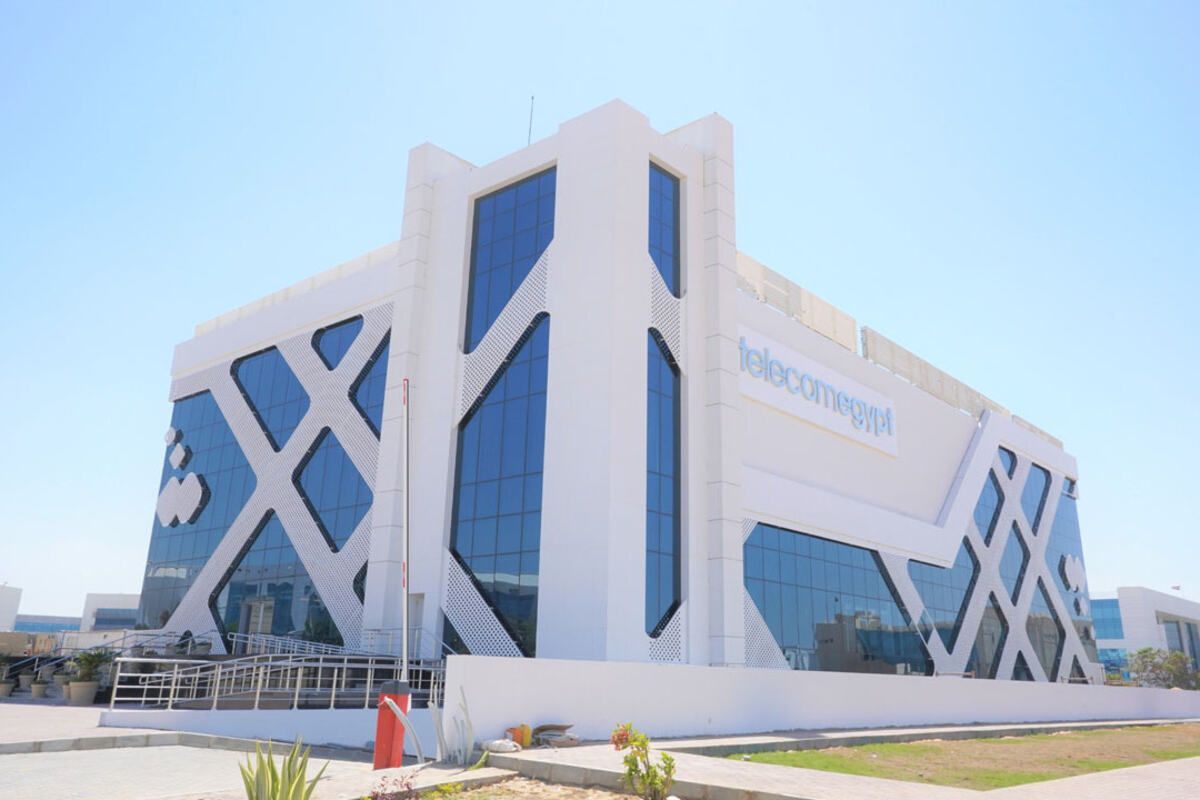Introduction to TX Money Transfer
BARD Santner Incorporated, a prominent financial intermediary and advisory firm in Zimbabwe, has unveiled its latest innovation: TX Money Transfer, a new platform aimed at revolutionizing the money remittance industry.
Commitment to Reliability and Transparency
BARD's initiative is rooted in the desire to enhance reliability and transparency within the remittance sector. By eliminating hidden costs and fostering collaboration, the firm aims to address and remove process bottlenecks that have historically plagued clients.
Statements from Leadership
At the launch event, Lucia Chingwaru, Executive Director of BARD, emphasized the company's mission: "Our main goal is to bridge existing gaps in the remittance sector by providing a reliable, transparent, and integrated service."
Chingwaru further highlighted the importance of these values: "We value reliability as much as transparency. We also need to collaborate with others in an integrated, not fragmented, manner."
Ensuring Transparency in Charges
Transparency in charges and fees is a cornerstone of TX Money Transfer. Chingwaru underscored the need for clients to be fully informed about any costs involved in the remittance process. "To start with, we need to study the current system with existing players to remove bottlenecks in the sector to ensure smooth and better service for our clients and good returns for business," she said.
Addressing Opportunity Costs
Chingwaru also touched on the issue of opportunity costs, noting that time lost due to inefficiencies represents missed opportunities for clients. "Every minute spent waiting in a queue, for instance, due to bottlenecks is a missed opportunity elsewhere," she explained.
Leveraging Technology for Efficiency
To tackle these challenges, BARD advocates for the use of technology. Chingwaru stated, "Technology can be used to address these issues. For instance, we need to ensure automation and artificial intelligence in critical areas which can help. The idea is to increase capacity, reduce lead time, and improve capacity. It is crucial to continuously monitor the process and remove bottlenecks."




